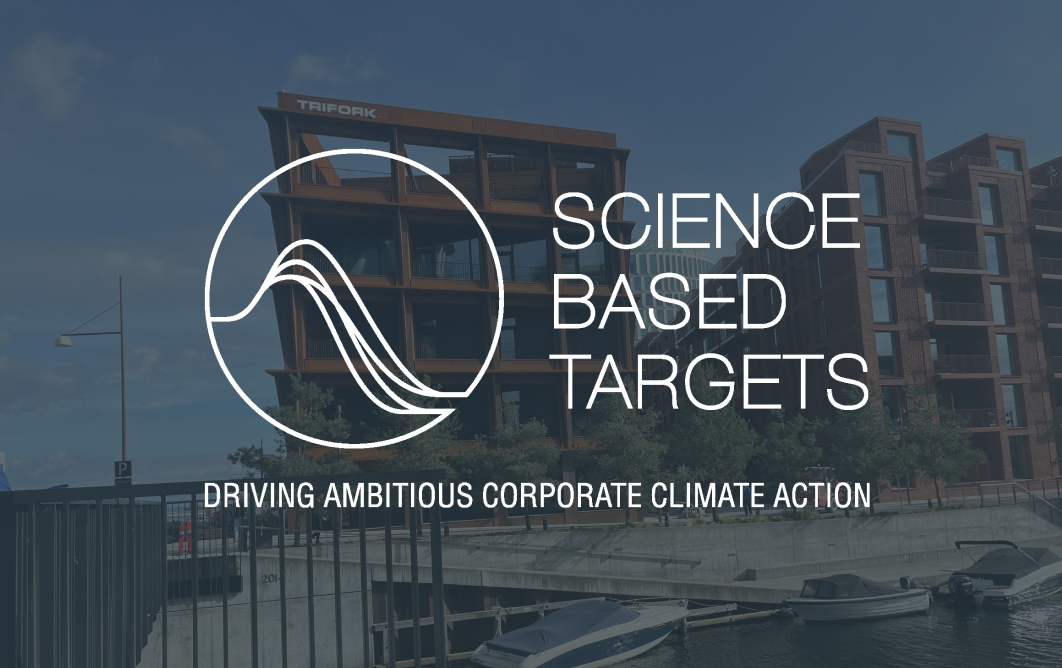Kristian Wulf-Andersen, CFO“We’re thrilled to announce our commitment to set ambitious 2030 goals for reducing greenhouse gas emissions. We’ve taken the first exciting step by joining the Science-Based Targets initiative. At Trifork, we’re not just evolving in software – we in general want to be involved in creating solutions for a greener future, affirming our commitment to sustainability.”
Why has Trifork decided to set science-based targets?
As a constantly evolving international software company, we are fully aware of our significant responsibility in protecting our planet.
Setting ambitious 2030 goals for reducing greenhouse gas emissions has been a Trifork ambition, waiting for the right moment when the metrics were ready. We have been planning to join the Science Based Targets initiative for a while, and now, we’ve taken the first exciting step.
Why SBTi?
We recognize the SBTi as the foremost standard for science-based climate goals. Embracing a common standard offers the potential for valuable synergies, leading to significant and positive outcomes for Trifork, our customers, and the climate. As we all address the crucial challenge of mitigating global warming, joining this international initiative—engaged in by many of our partners and customers —is our way of taking responsibility for the role we can play in running our businesses while reducing our carbon emissions.
When will Triforks climate (GHG) goals be public?
We are presently in the process of refining our calculations to ensure that our reduction targets are both ambitious and attainable. While we have a 24-month window to establish these goals, our objective is to have our SBTi goals approved within the year.
How will Trifork reduce its climate impact?
Emilie Thorup Lyngholm, ESG Manager Trifork“Trifork is eager to challenge existing technologies and strives to develop new software that can lead a sustainable future. As an example, we have done this in the many new innovative solutions for our Smart Building concept, where we challenge the industry in both the constructing phase and the operating phase of a building.“
We have identified opportunities for CO2 reduction in both Scope 1 and 2. Our potential for reductions in these scopes’ centers on the phase-out of fossil fuel vehicles in favor of electric vehicles and expansion of our renewable energy share. This will require implementing a new company car policy and strong collaboration with our office space providers to achieve our Scope 1 and 2 reductions. However, we believe that with the right effort, it is achievable.
Like many other companies, we recognize that the greatest potential for emission reduction lies within Scope 3, relating to purchased goods and services, capital expenditures and business travel. Nevertheless, we are currently improving the quality of our data and refining our methods for Scope 3 to accurately assess our reduction potential.
What is SBTi?
The Science Based Targets Initiative (SBTi) is a collaboration among the United Nations, World Resource Institute, and WWF, helping companies set and achieve climate goals aligned with the Paris Agreement, focusing on reducing greenhouse gas emissions based on scientific recommendations.
- Read more here: https://sciencebasedtargets.org/
For further information please contact:

Latest articles & Updates
